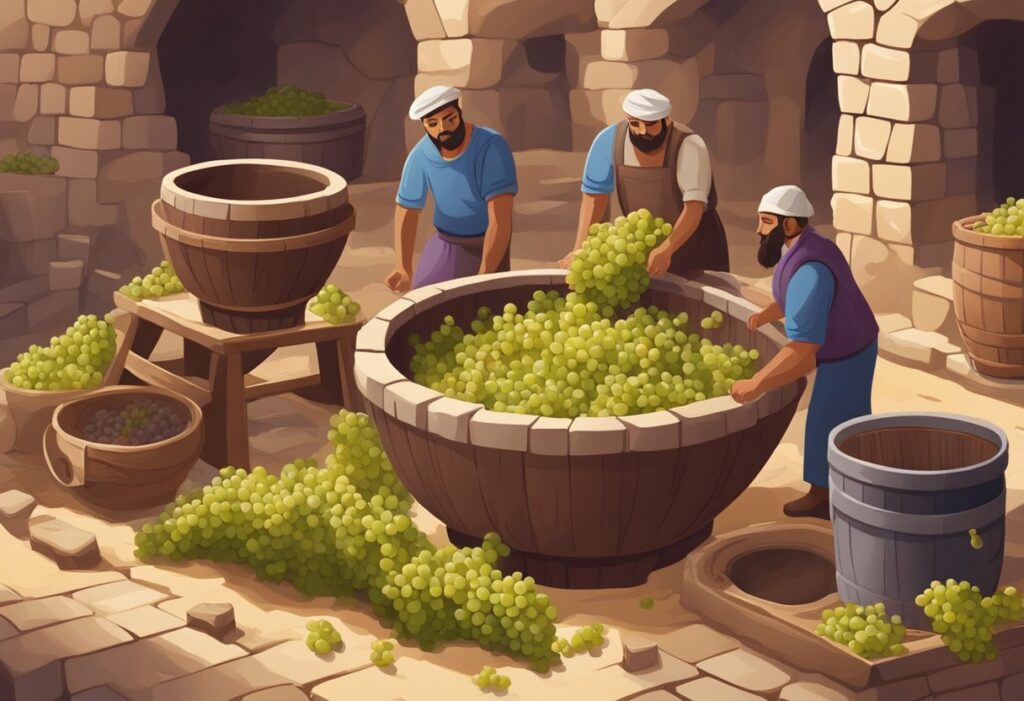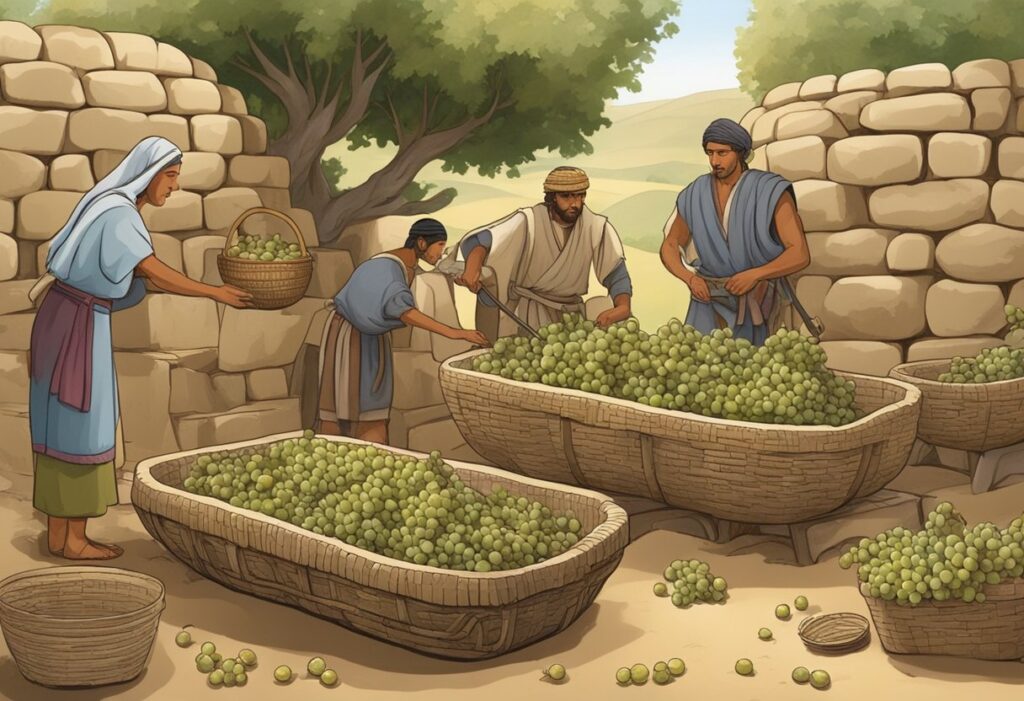Colonialism had a profound impact on the global spread of viticulture, shaping economies and societies alike. As European powers expanded their empires, they introduced viticulture to new regions, altering local agriculture and economies. You can see how wine production became a significant economic force in colonial societies by examining its role in places like Peru and Australia.
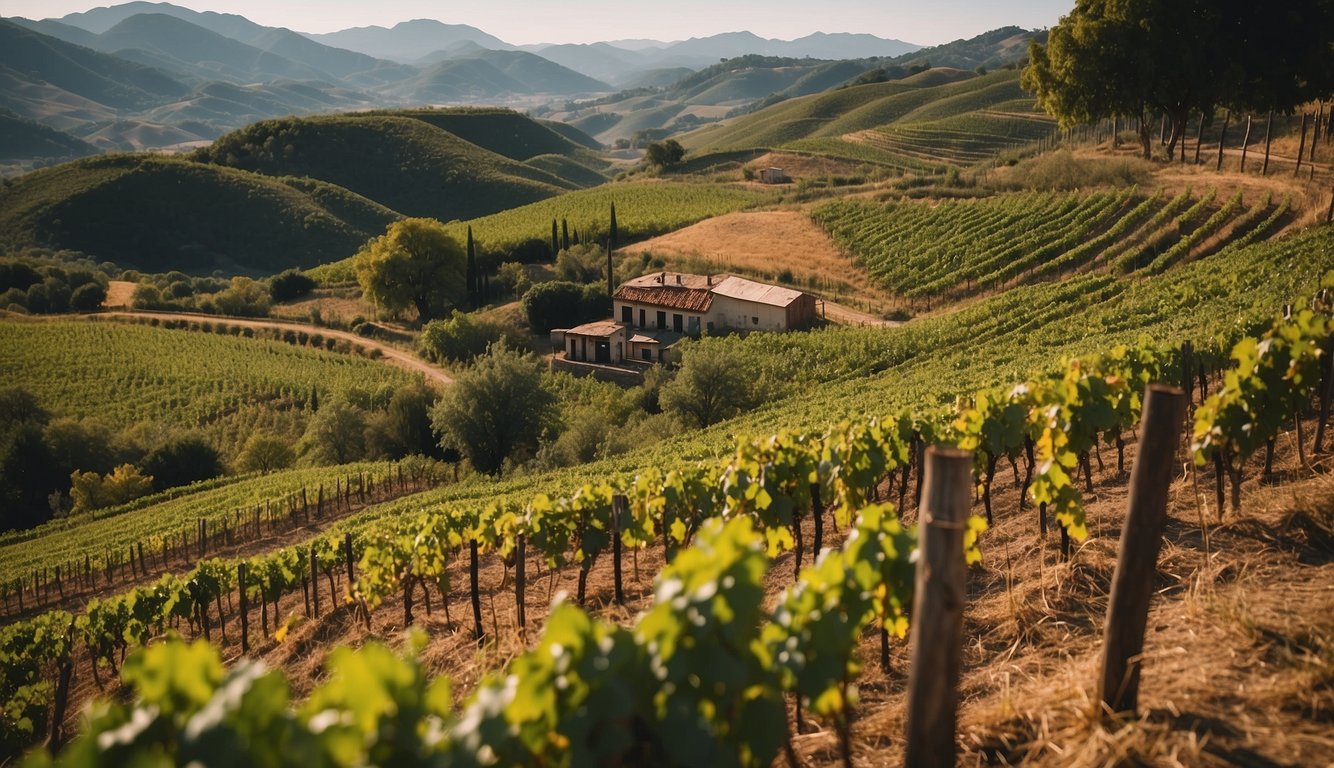
Wine wasn’t just a drink; it was a valuable commodity. The cultivation and trade of wine dramatically influenced colonial economies, making it a crucial export in regions like the Americas and Australia. In Peru, for instance, wine was second only to silver in importance to the economy.
As you explore how viticulture spread across the globe due to colonial endeavors, you’ll discover its dual role in economic exploitation and cultural exchange. The spread of viticulture wasn’t just about planting vineyards; it was about expanding empires and reshaping local economies. Understanding this history gives you a deeper appreciation of how intertwined wine and colonialism truly are.
Historical Context
Grapevine domestication and its spread around the world significantly shaped cultures and economies. Colonial expansion played a crucial role in the development of viticulture in various regions, leading to diverse wine production practices.
Domestication and Diffusion of Grapevine
The domestication of the grapevine (Vitis vinifera) began in the Near East around 6,000 to 8,000 years ago. Early farmers in these regions cultivated wild grapevines, selecting for desirable traits such as larger fruit and higher sugar content. This process allowed grapes to be used more effectively for wine production.
The diffusion of grapevines followed trade routes into Europe and beyond. France and Portugal became renowned wine-producing regions due to their favorable climates and soils. Through trade and conquests, grapevines spread to new regions, including the Americas and New Zealand. As viticulture spread, diverse wine cultures developed, each with unique techniques and flavors influenced by local environments.
Colonial Expansion and Viticulture
Colonial expansion significantly impacted viticulture. European colonizers introduced grapevines to America, adapting them to local conditions. Spanish colonists brought viticulture to South America, notably in Peru, where wine production became integral to the economy.
In New Zealand, British colonists began cultivating vineyards, contributing to the global wine market. Portugal established vineyards in Brazilian colonies, enhancing wine production and local culture. Throughout these regions, colonization led to the blending of traditional European techniques with local innovations, creating diverse and rich winemaking practices.
Colonialism facilitated the global spread of viticulture, making wine a significant economic and cultural product in many regions around the world.
Cultural and Economic Impact
Wine has played a significant role in shaping cultural identities and boosting economic activities across various societies. This section explores how wine has influenced cultural identities, driven trade and economy, and its role in contemporary societies.
Wine and the Formation of Cultural Identities
Wine has been integral to cultural practices around the world. In colonial times, wine wasn’t just a drink; it was a symbol of social status. Owning vineyards and producing wine marked a high social standing. In Mediterranean cultures, wine accompanies meals and festive occasions, becoming a core part of traditions.
In regions like France and Italy, specific wines are tied to local traditions and pride. These regions have developed rich rituals around wine production and consumption, influencing everything from local festivals to daily life. You can see the deep connection between wine and cultural identity in how people celebrate and bond over a glass of wine.
Trade, Economy, and the Wine Industry
Wine production has significantly impacted the economy through trade and industry. In colonial America, wine was not only consumed domestically but also exported. This created a thriving wine trade network. Owning and operating vineyards became a profitable business, contributing to economic growth.
The contemporary wine industry continues to be economically significant. Countries like France, Spain, and Italy are major exporters, with their wines in high demand globally. The industry provides jobs, from vineyard workers to marketing professionals. Wine tourism has also become a massive economic driver, attracting millions of visitors to wine-producing regions yearly.
The Role of Wine in Contemporary Societies
Today, wine remains a vital part of social life and economic activities. It is featured in advertising as a luxury item, marketed for its quality and heritage. Wine consumption is associated with leisure and celebration, making it a popular choice at social gatherings and events.
Contemporary culture has embraced wine through festivals, tastings, and tours, fostering a sense of community. Markets for global wine have expanded, with a broader variety available than ever before. Wine tourism offers unique experiences, allowing you to explore vineyards and understand the wine-making process.
Integrating wine into daily life and special occasions, and its economic impact through trade and tourism, shows its enduring significance in both cultural and economic realms.
Technological Advancements and Wine Production
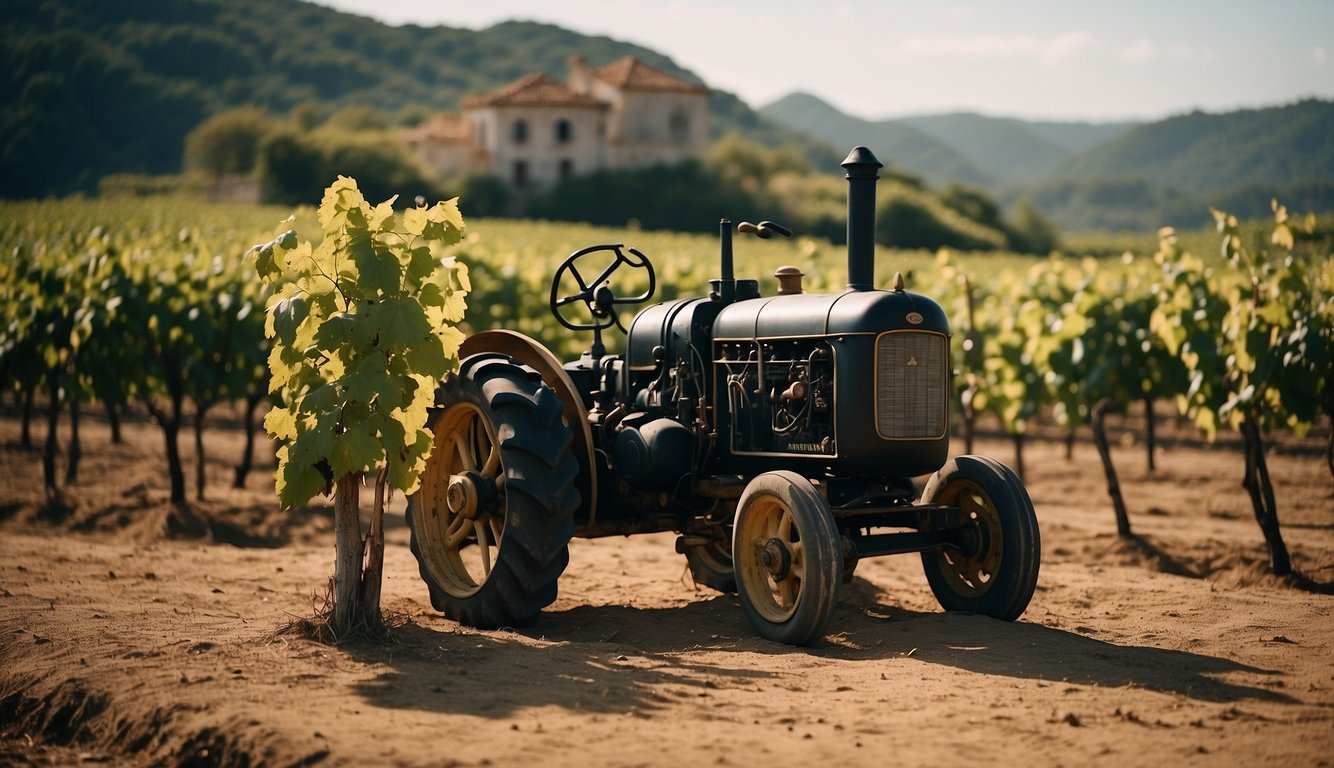
Technological advancements have greatly impacted wine production, improving quality, yield, and efficiency in the industry. From innovations in enology to the use of GIS for precision viticulture, technology has enhanced many aspects of winemaking.
Innovations in Enology and Viticulture
Advancements in enology and viticulture have revolutionized wine production. Modern fermentation techniques allow for better control over the wine’s flavor and aroma. For instance, temperature-controlled fermentation tanks help maintain ideal conditions for yeast activity, which is crucial for developing the desired fruit composition.
Drip irrigation systems have improved water use efficiency in vineyards, ensuring that vines receive the right amount of water for optimal growth. Moreover, the introduction of disease-resistant grape varieties has reduced the need for chemical treatments, allowing for more sustainable practices.
GIS and Precision Viticulture
Geographic Information Systems (GIS) play a crucial role in precision viticulture, enabling vintners to analyze and monitor their vineyards with great accuracy. By mapping soil variations, slope, and sun exposure, you can manage your vineyard more effectively.
Using GIS, you can target specific areas for irrigation, fertilization, and pest control, which enhances yield components and minimizes resource use. Precision viticulture also involves the use of sensors to monitor soil moisture, phenology, and more, helping you make informed decisions that improve grape composition and overall wine quality.
The Science of Grape and Wine Quality
The quality of wine starts with the grape quality. Genetic research has identified key compounds such as flavonols and tannins that affect a wine’s astringency and flavor profile. By understanding the phenolic ripening process, you can harvest grapes at the optimal time to achieve the best fruit composition.
Advanced analytical techniques in labs allow you to measure the chemical composition of both grapes and wine. This helps in fine-tuning winemaking processes to enhance desired aromas and flavors, ensuring high-quality production. Moreover, sensory analysis, where human tasters evaluate wine characteristics, remains crucial in maintaining exceptional wine quality.
By implementing these technological advancements, you can significantly improve the efficiency and quality of your wine production processes.
Cultural Significance and Global Markets
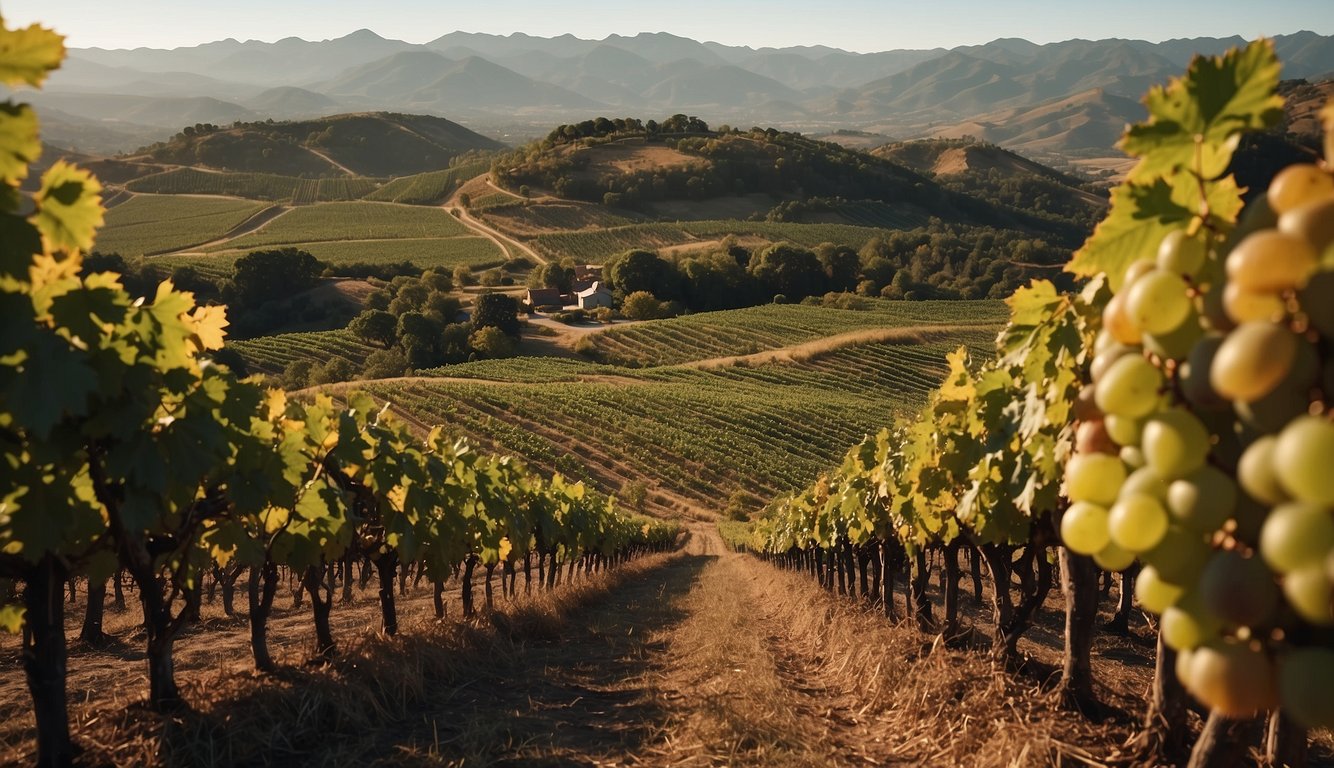
Wine is not just a drink; it represents culture, history, and identity. Understanding its global journey helps appreciate its rich nuances and economic significance.
The World Atlas of Wine: A Geographic Appreciation
The “World Atlas of Wine” offers a geographic appreciation of where wines come from and how location shapes their character. Regions like Bordeaux and Napa Valley are celebrated for their terroir, which refers to the unique combination of soil, climate, and other geographical factors.
You can notice how geographical indications protect and promote these regions. For instance, the term “Champagne” is reserved only for sparkling wines from the Champagne region in France. This recognition helps maintain quality and authenticity, connecting the wine to its place of origin.
Marketing Strategies: From Wine Labels to Cellar Doors
Marketing strategies play a crucial role in how you perceive and choose wine. Labels often feature conjunctive labeling that includes information about the region, variety, and quality. This helps highlight the wine’s story and authenticity.
Wine label design uses visual codes to convey quality and heritage. For example, Bordeaux wine labels might show chateaux images to invoke a sense of tradition. Cellar doors act as direct marketing hubs where you can taste and purchase wines, enhancing your subjective knowledge and personal connection to the brand.
Emerging Trends in Wine Consumption and Preferences
Emerging trends show how wine consumption and preferences are evolving. There is a growing interest in sensory data, where you appreciate wine through its taste, aroma, and texture. Wine tourism has also become popular, allowing you to visit vineyards and experience wine-making firsthand.
Expert opinions increasingly influence your wine choices, with sommeliers and critics guiding preferences. The rise in popularity of Spanish wines and other terroir products reflects a shift toward diverse and distinctive flavors. These trends show that wine isn’t just a product; it’s an experience you savor and share.
By exploring these facets, you gain a richer understanding of how wine markets and culture intertwine on a global scale.
